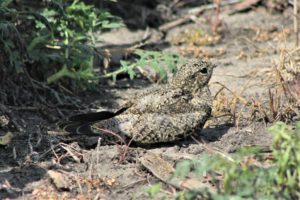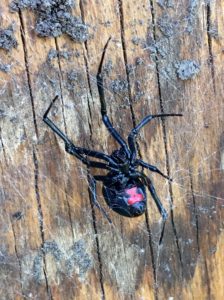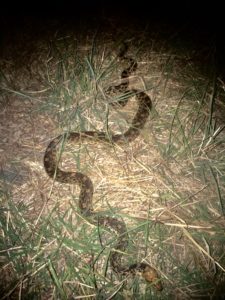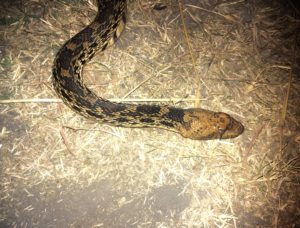Dove banding season is now over. The tally for this year is 19 banded mourning doves and 1 white-winged dove. I had hoped to deploy all the mourning dove bands provided by TPWD this season, but at the very least, I now feel competent in the banding process for dove-sized birds, which was a significant objective of the project for me. Today, I will be collecting and storing the traps and sweeping away any remaining bait at the sites in anticipation of the upcoming hunting season. My next dove-related tasks will involve shredding strips in public hunting pastures that have dove-friendly, seed-bearing forbs such as sunflowers and volunteer sesame, in order to provide ideal habitat for birds and consequently, optimize hunting opportunities during the season.
This past Wednesday, I collected north, east, south, and west-facing photo points at each of the 14 sites around the farm, the locations of which were previously established by my predecessor, AnMarie. This visual data allows us to observe changes in the landscape and vegetation communities over time, and the task had the added benefit of familiarizing me with the location of each site. This will make it a smoother process when I conduct vegetation surveys soon, as the sites also act as starting points for established transect lines.
In other news, I have 22 of my 32 plywood herp coverboards cut and ready to go, and the roofing tin is on the docket to be cut down next week. I can report that mesquite spraying is still a work in progress, but the evidence of control coverage has been satisfying to observe. Please enjoy these photos from Wednesday of a friendly neighborhood gopher snake (Pituophis catenifer) and a southern black widow (Latrodectus mactans), as well as a buddy of mine that regularly hangs out near one of my dove traps, this common nighthawk (Chordeiles minor) whom I have dubbed Waldo for obvious reasons. Weeks 10 & 11
Until next time,
Dani Miller
Wildlife Biologist
Stiles Farm Foundation






